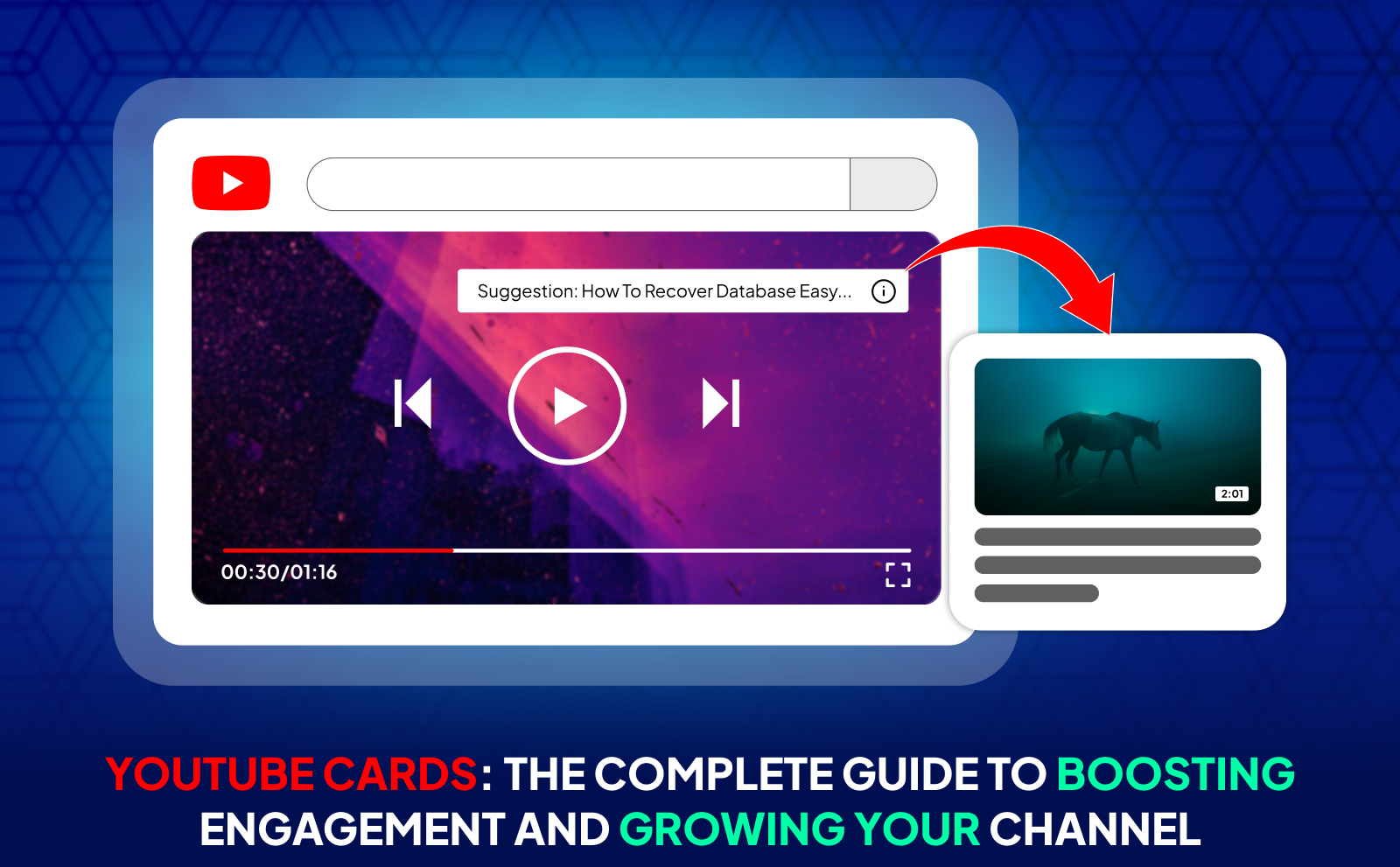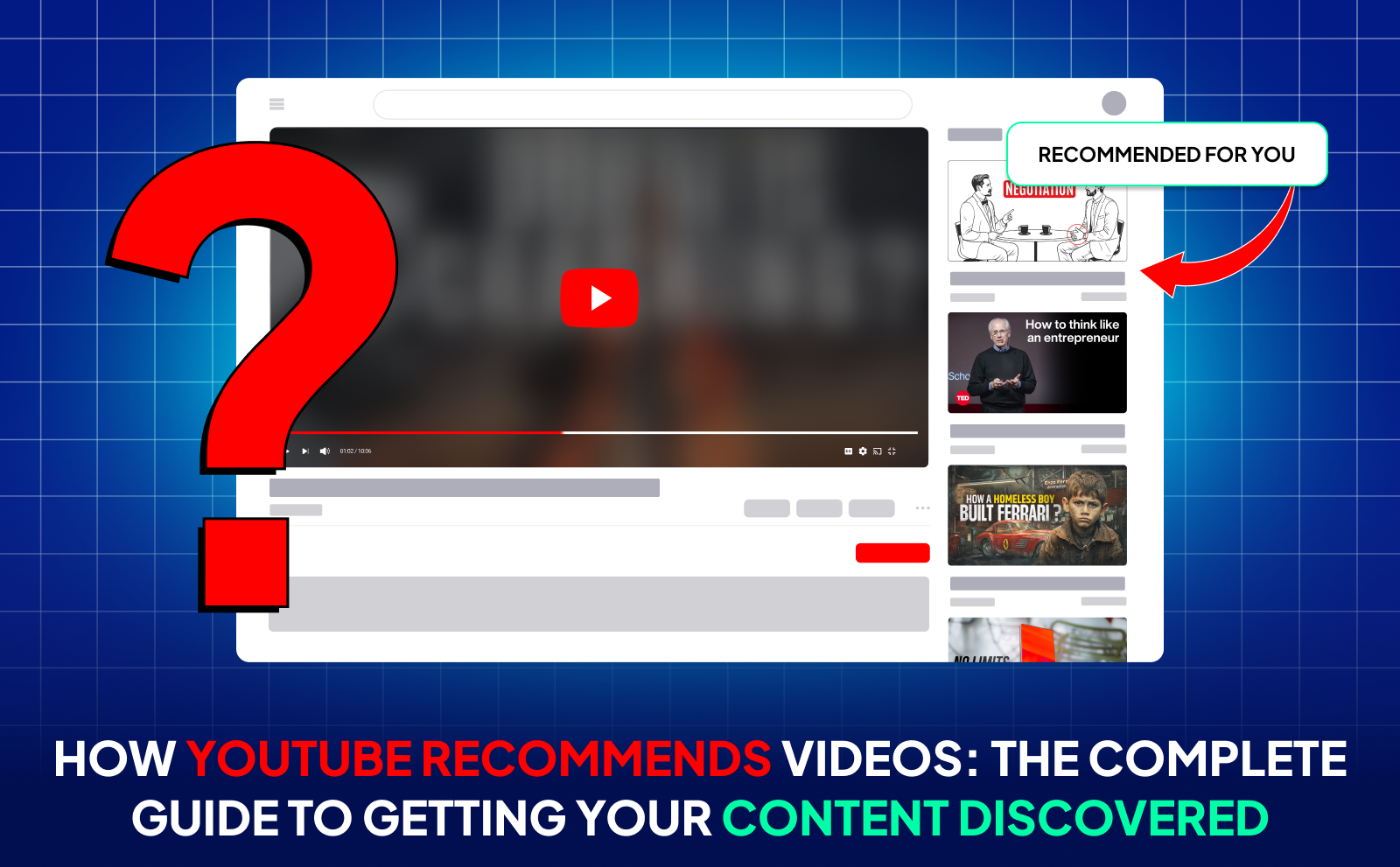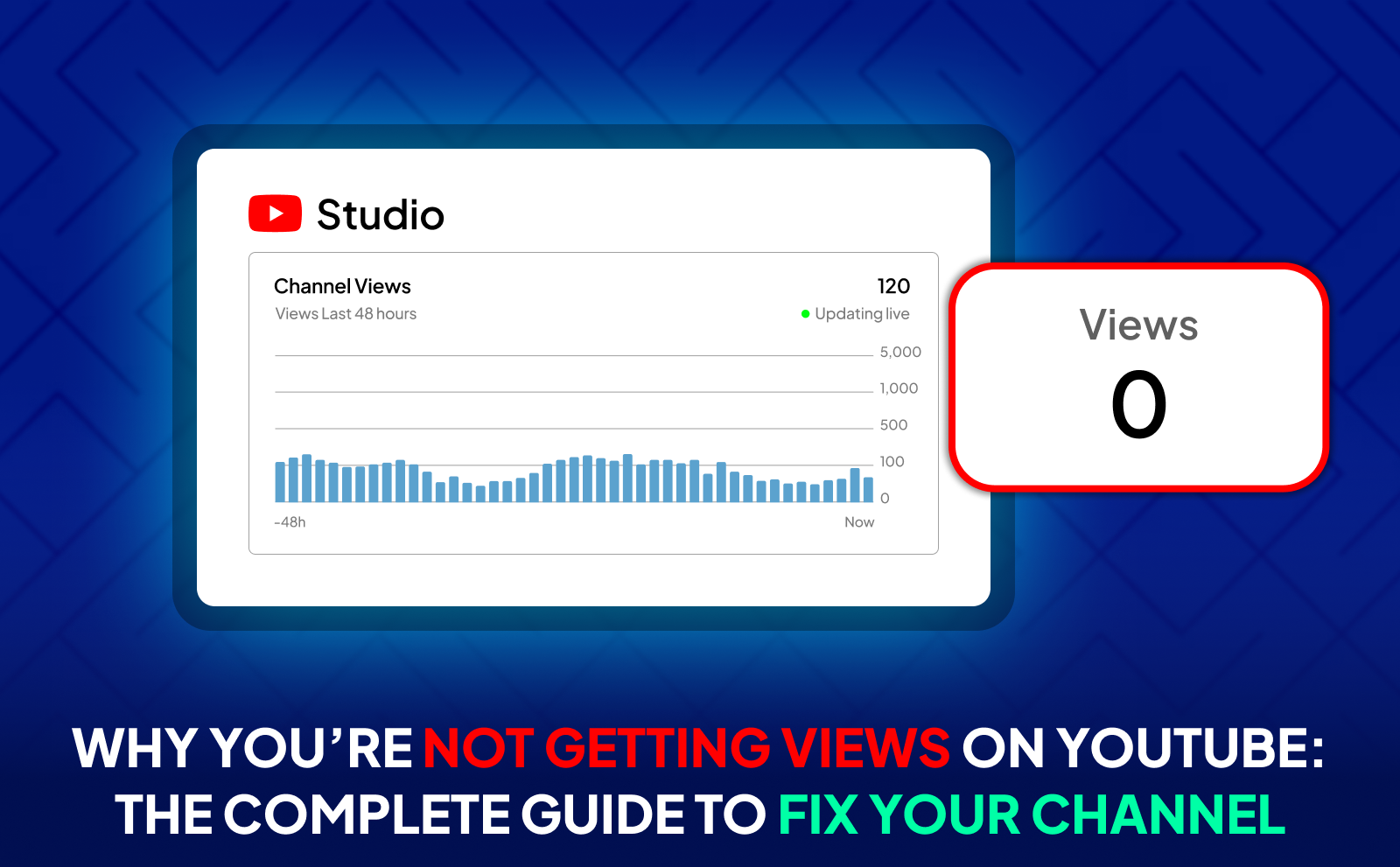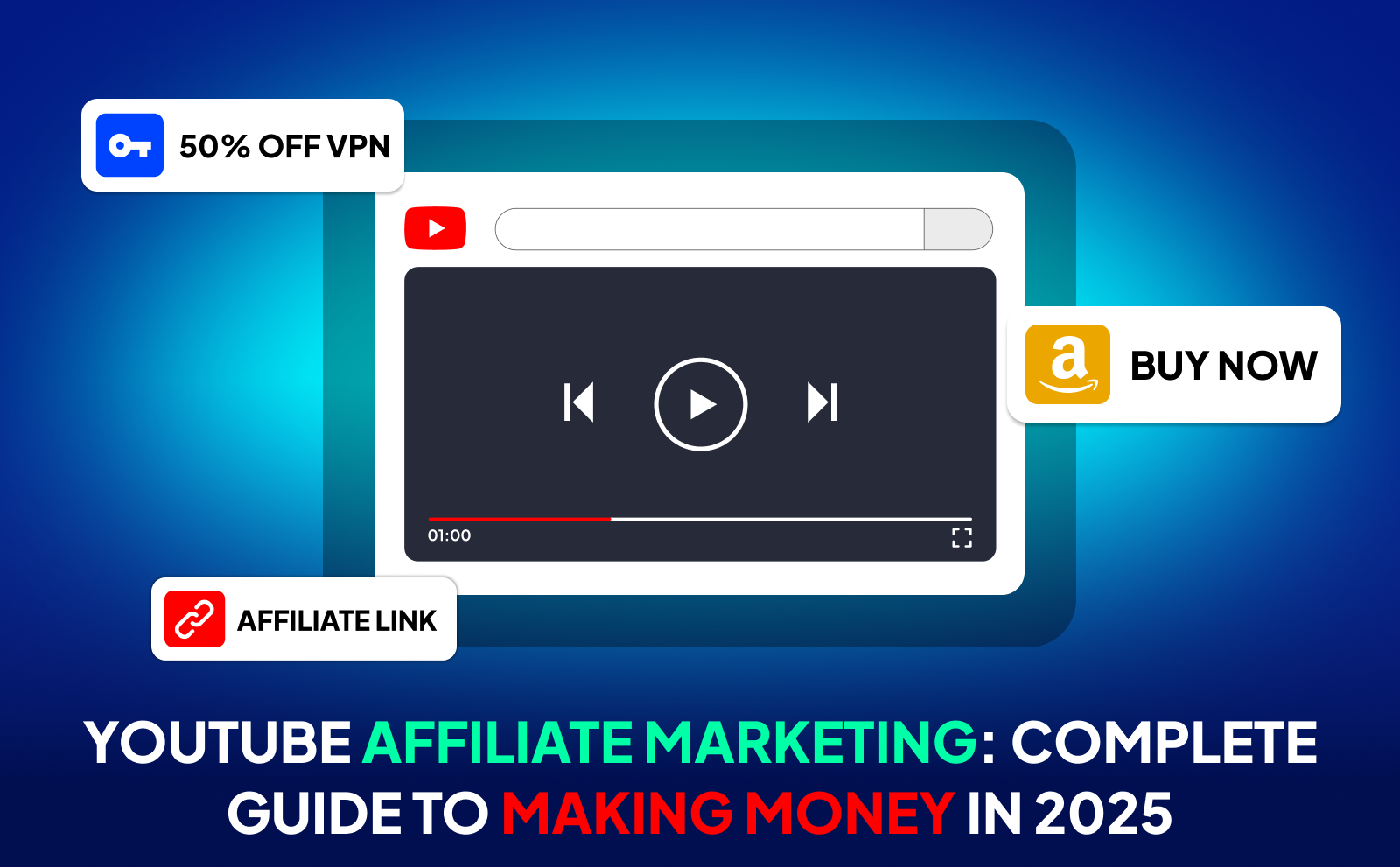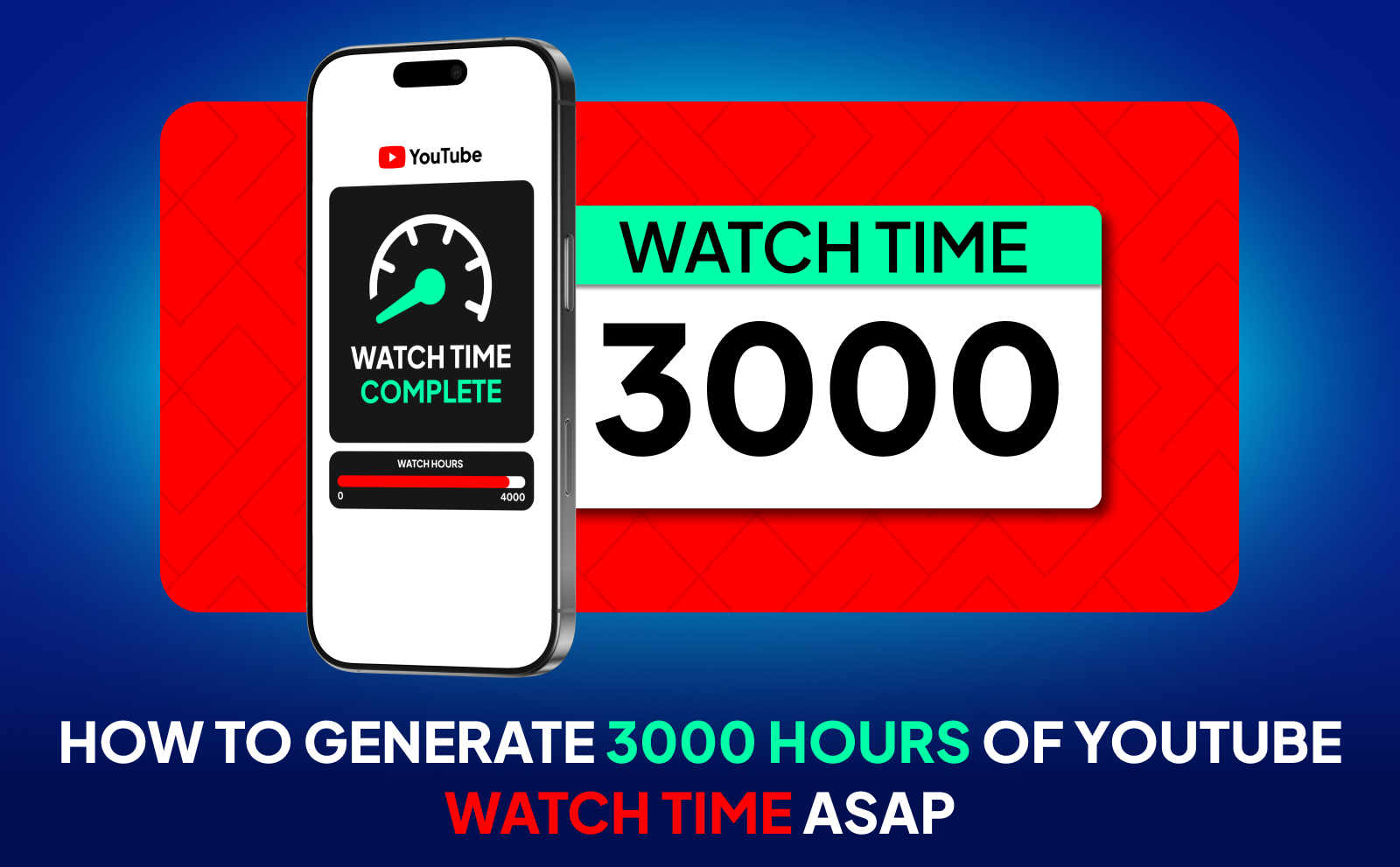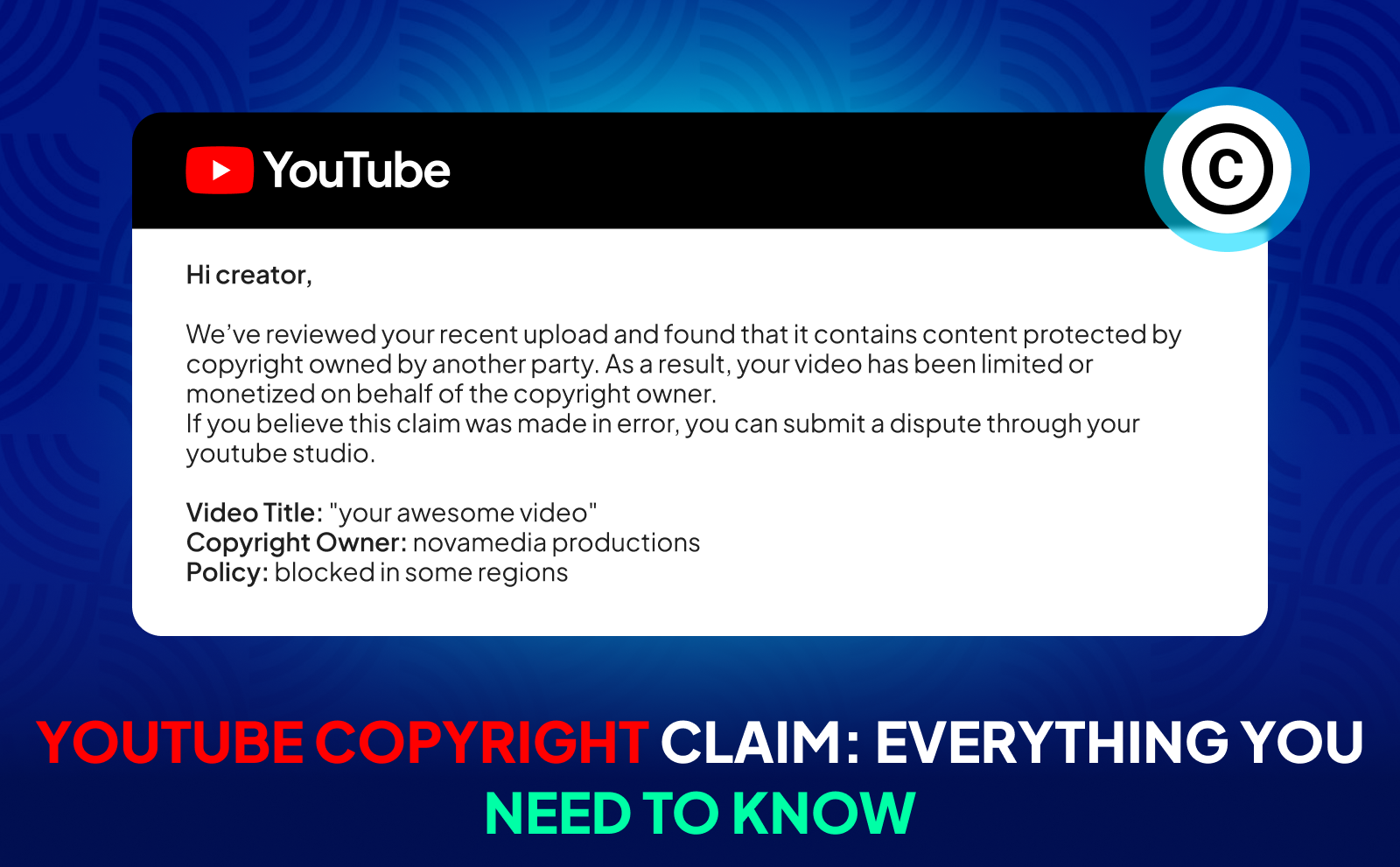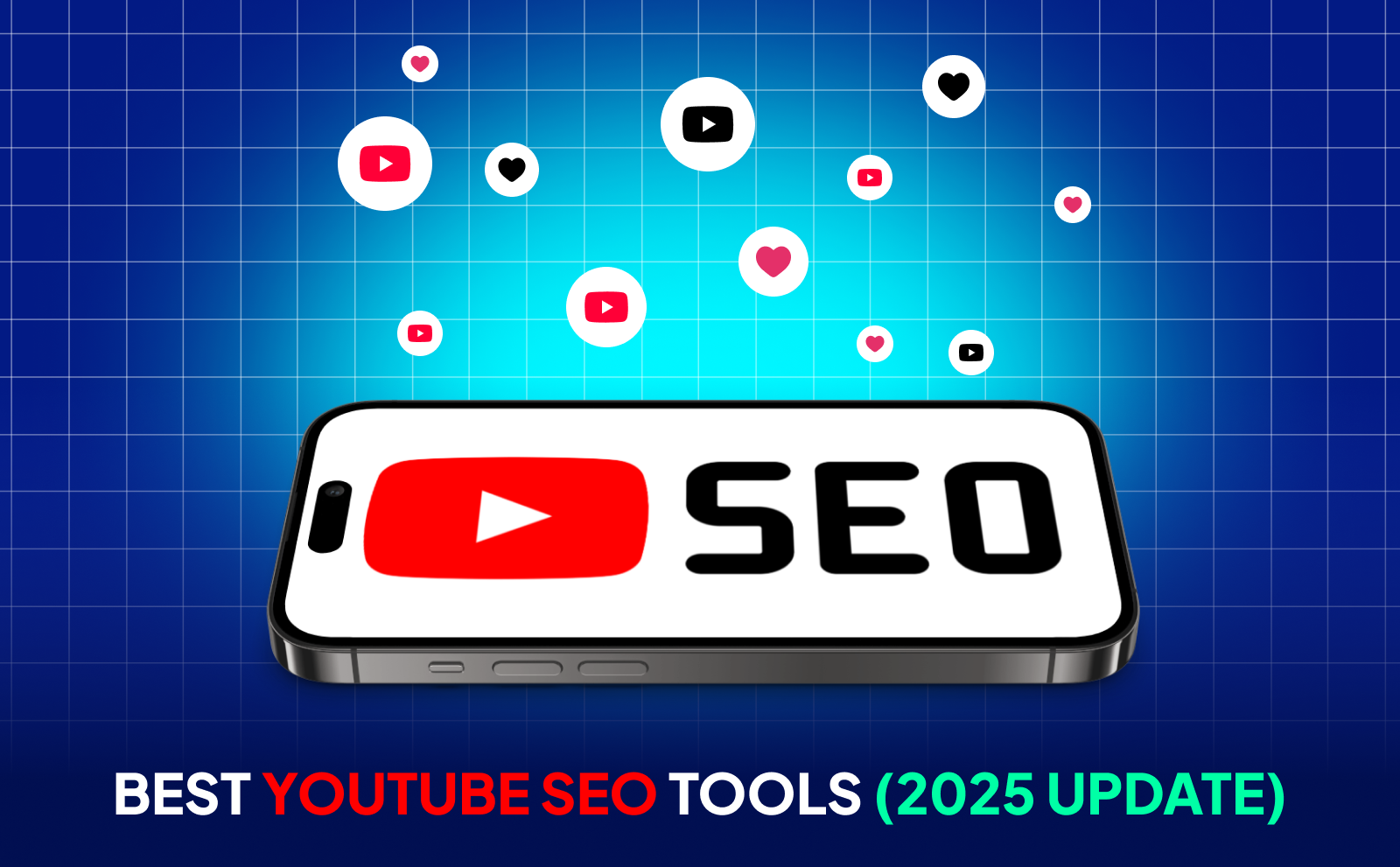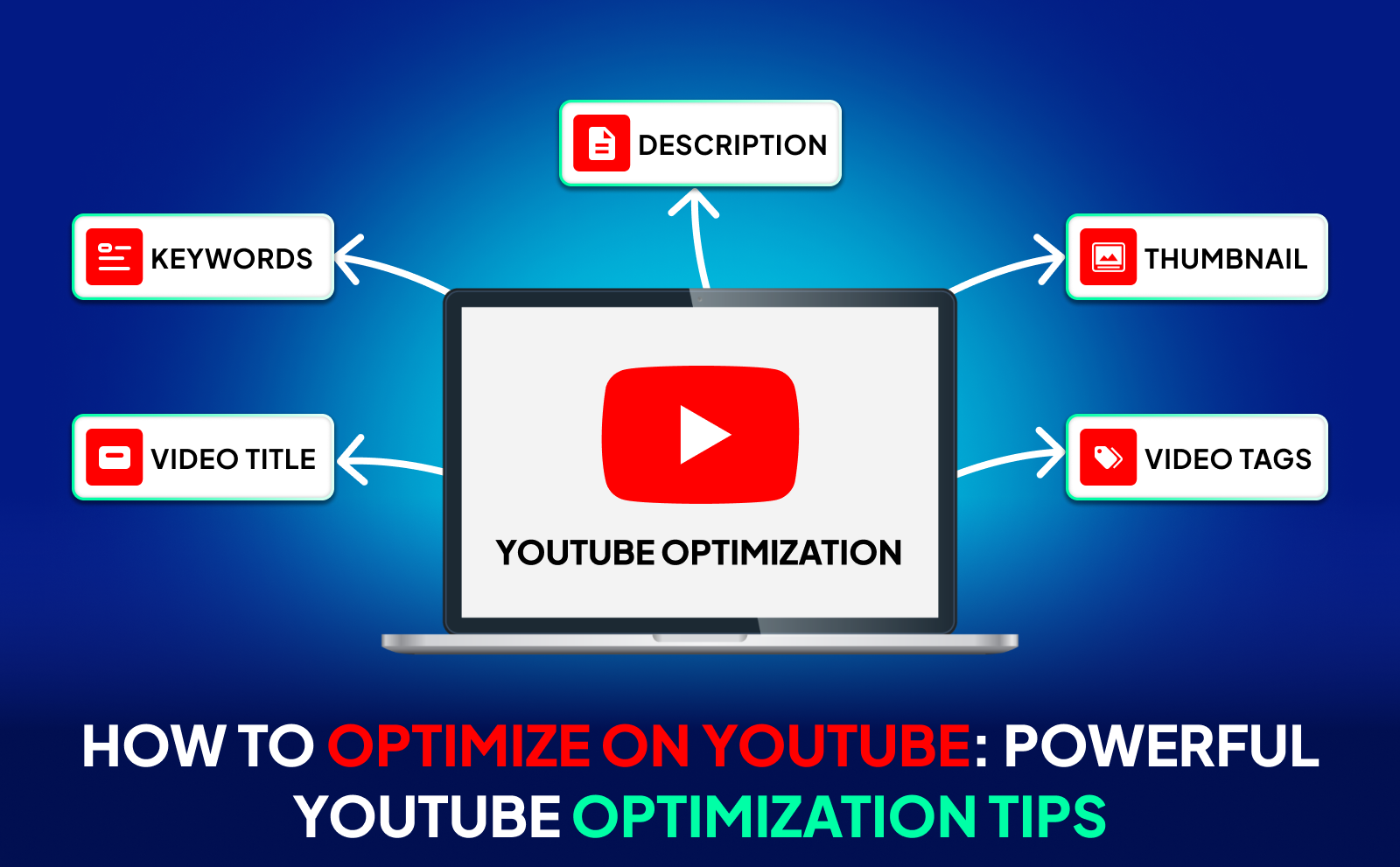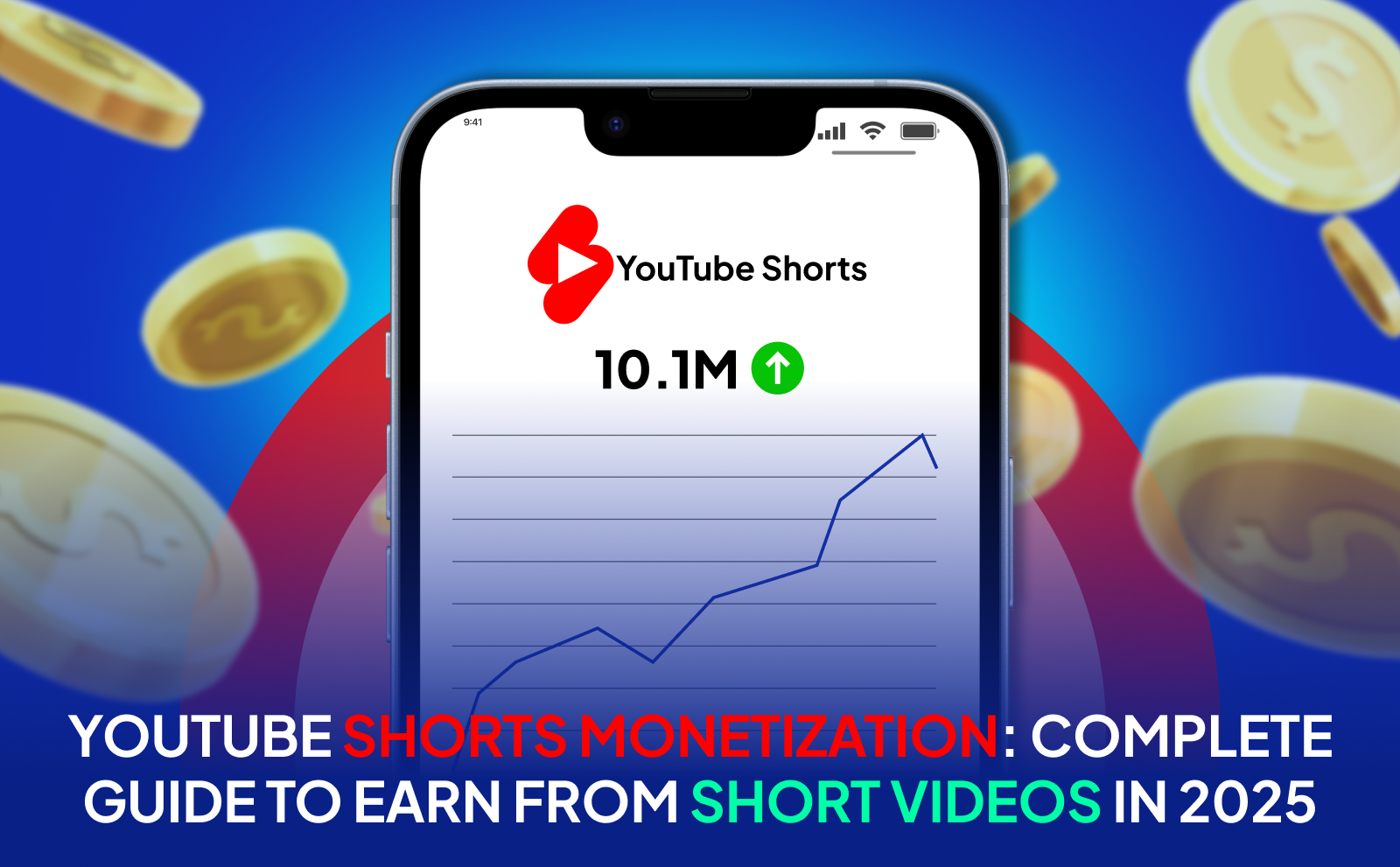
YouTube Shorts Monetization Made Easy To Maximize Earnings In 2025
When most people start YouTube Automation, they expect the money to start rolling in quickly, but what usually happens is the exact opposite. videos get uploaded, barely getting any views, and the monetization milestone feels forever out of reach. The 4000 watch hours and 1000 subscribers can take months or even years to hit, and until you’re approved for the Partner Program, all that work earns you nothing.
The fastest way around that problem right now is YouTube Shorts. These quick, vertical videos are built for viral reach, they have separate YouTube monetization requirements, and they can bring in millions of views and thousands of subscribers in a fraction of the time it takes with long-form videos. And the key is understanding how to take those shorts to your advantage.
What Is YouTube Shorts Monetization And How Does It Work?
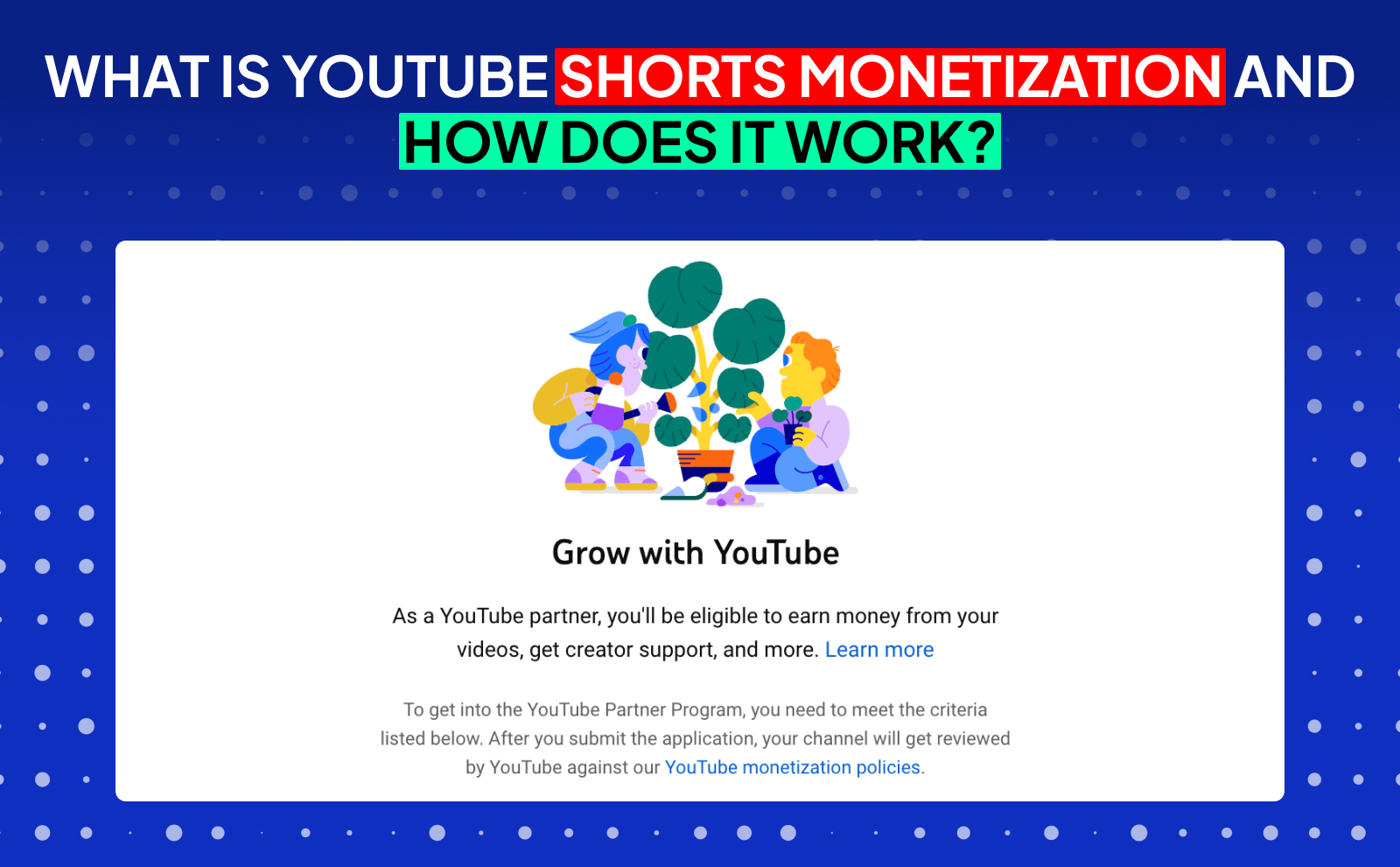
YouTube Shorts monetization is the system YouTube uses to pay creators for their short, vertical videos, under 60 seconds. Just like with regular videos, creators can earn money through ads, but the way it’s calculated is slightly different. Instead of ads being shown directly in every single Short, YouTube pools ad revenue from Shorts and then distributes it among eligible creators based on their share of total views.
In other words, if your Shorts are pulling in a large number of views compared to other creators in your country, you’ll get a bigger slice of the ad revenue pie. This system encourages creators to focus on high-quality, engaging videos that keep people watching and swiping for more.
What Are YouTube Shorts?
YouTube Shorts are bite-sized, vertical videos that are 60 seconds or less, designed for quick and engaging content that viewers can scroll through on mobile. Think of them as YouTube’s version of TikToks or Instagram Reels.
For creators, Shorts are a powerful way to get discovered. Since YouTube pushes Shorts on a dedicated feed, you can reach audiences who might never have clicked on your longer videos. This makes them a great tool for building an audience quickly, especially if you’re just starting.
How Does YouTube Pay Creators For Shorts?
YouTube collects all the ad revenue generated from ads shown between Shorts in the feed. Then, after deducting music licensing costs (if you use copyrighted tracks), they distribute the remaining amount to creators. Your payout depends on how many views your Shorts get compared to others in the same pool.
Once your share is calculated, YouTube applies the standard revenue split. 45% goes to you, and YouTube keeps the other 55%. This is different from regular videos, where you get 55%. The lower split for Shorts comes from the fact that YouTube covers the costs of running a massive mobile feed and paying for music rights.
Difference Between Shorts And Long-Form Monetization
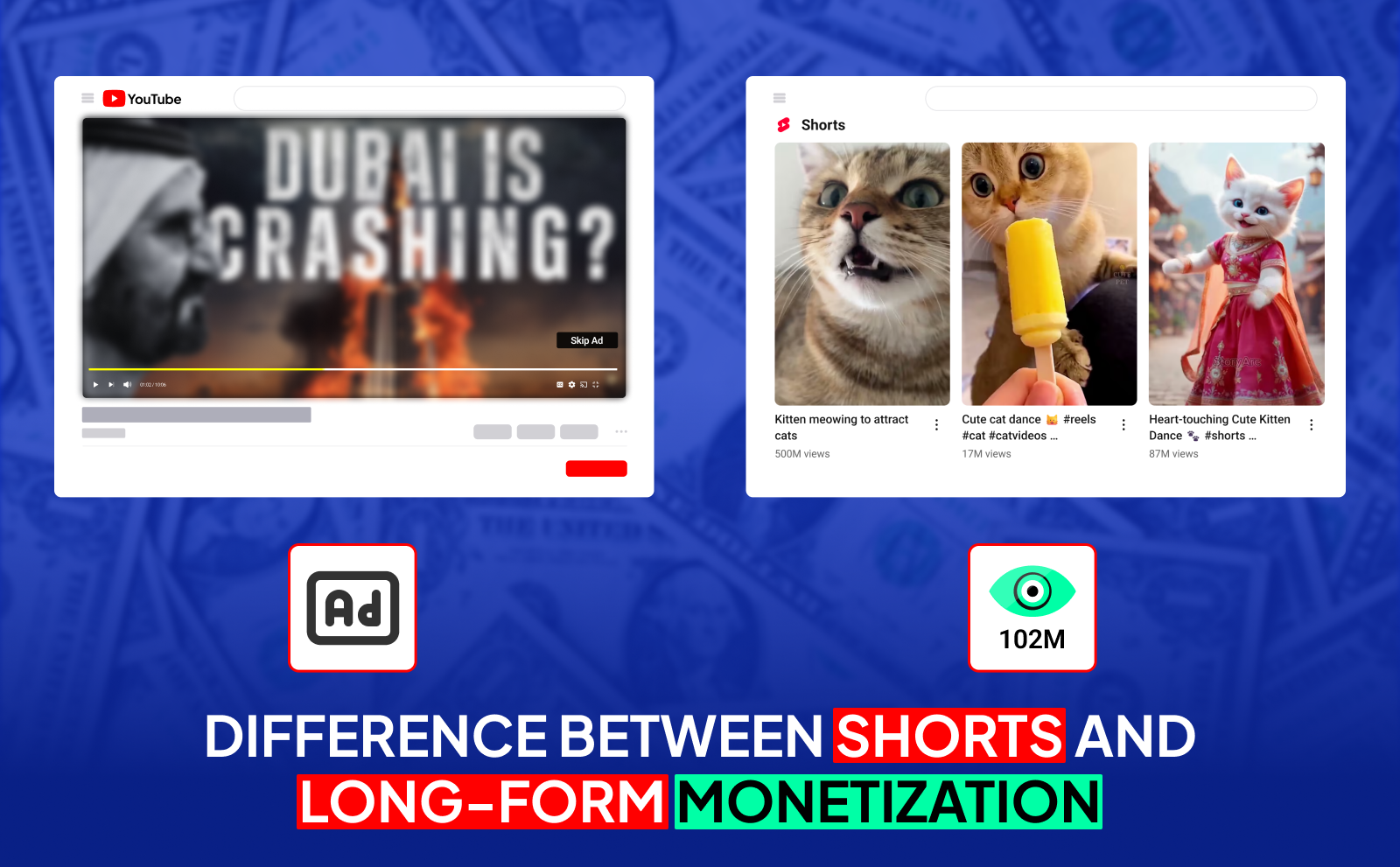
Long-form videos earn directly from ads shown on your specific video. pre-roll, mid-roll, or display ads. The more advertisers pay for your topic and the higher your audience retention, the more you earn.
Shorts, on the other hand, work with a shared revenue pool system. Ads aren’t tied to just your video, but to the overall Shorts feed. This means even if one Short doesn’t directly display ads, you can still earn from it as long as your overall views are high.
YouTube Shorts Monetization Requirements 2025
As of 2025, to monetize your YouTube Shorts, you need to be part of the YouTube Partner Program. The main requirements are at least 1,000 subscribers and either 10 million valid public Shorts views in the last 90 days or 4,000 valid public watch hours from long-form videos in the last 12 months.
You also need to follow all of YouTube’s monetization policies, including community guidelines, copyright rules, and advertiser-friendly content standards. Meeting the numbers alone isn’t enough; your channel needs to be in good standing to get approved.
YouTube Monetization Rules For Shorts
Just like with regular videos, your Shorts must follow YouTube’s monetization policies. This means no reused content without significant changes, no copyright violations, and nothing that violates community guidelines.
YouTube is strict about originality with Shorts because the format is easy to copy. If you simply re-upload clips from TikTok, Instagram, or another creator without adding unique value, you risk getting denied monetization or even having your channel suspended.
Criteria For YouTube Shorts Monetization
The key criteria are 1,000 subscribers, 10 million Shorts views in the last 90 days, and compliance with YouTube policies. All views must be from actual viewers. bot traffic or spam views won’t count.
Another factor is your location. YouTube Partner Program isn’t available in every country, so make sure your country is eligible. You also need to have an active AdSense account linked to your channel to receive payments.
How Many Watch Hours To Monetize YouTube Shorts?
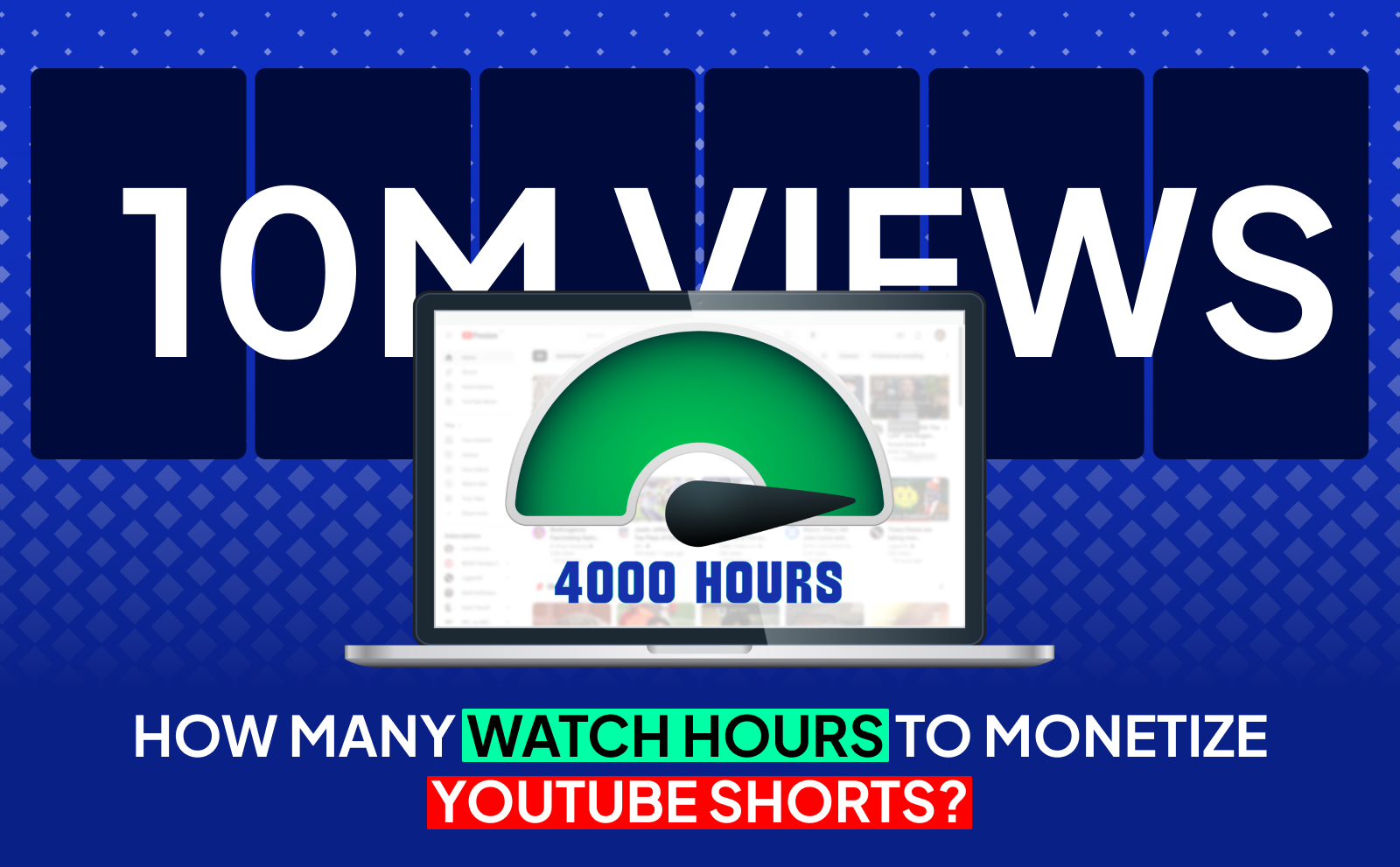
For Shorts monetization specifically, YouTube doesn’t require watch hours in the same way as long-form videos. Instead, they use the 10 million views in 90 days requirement. This focuses more on your reach and engagement rather than total watch time.
However, if you want to monetize through the traditional 4,000 watch hour watch time, you’ll need to get those hours from long-form videos. Shorts views do not count toward the 4,000-hour requirement, so if you plan on mixing both formats, it’s smart to focus on both views and hours.
How Many Views On YouTube Shorts To Get Paid?
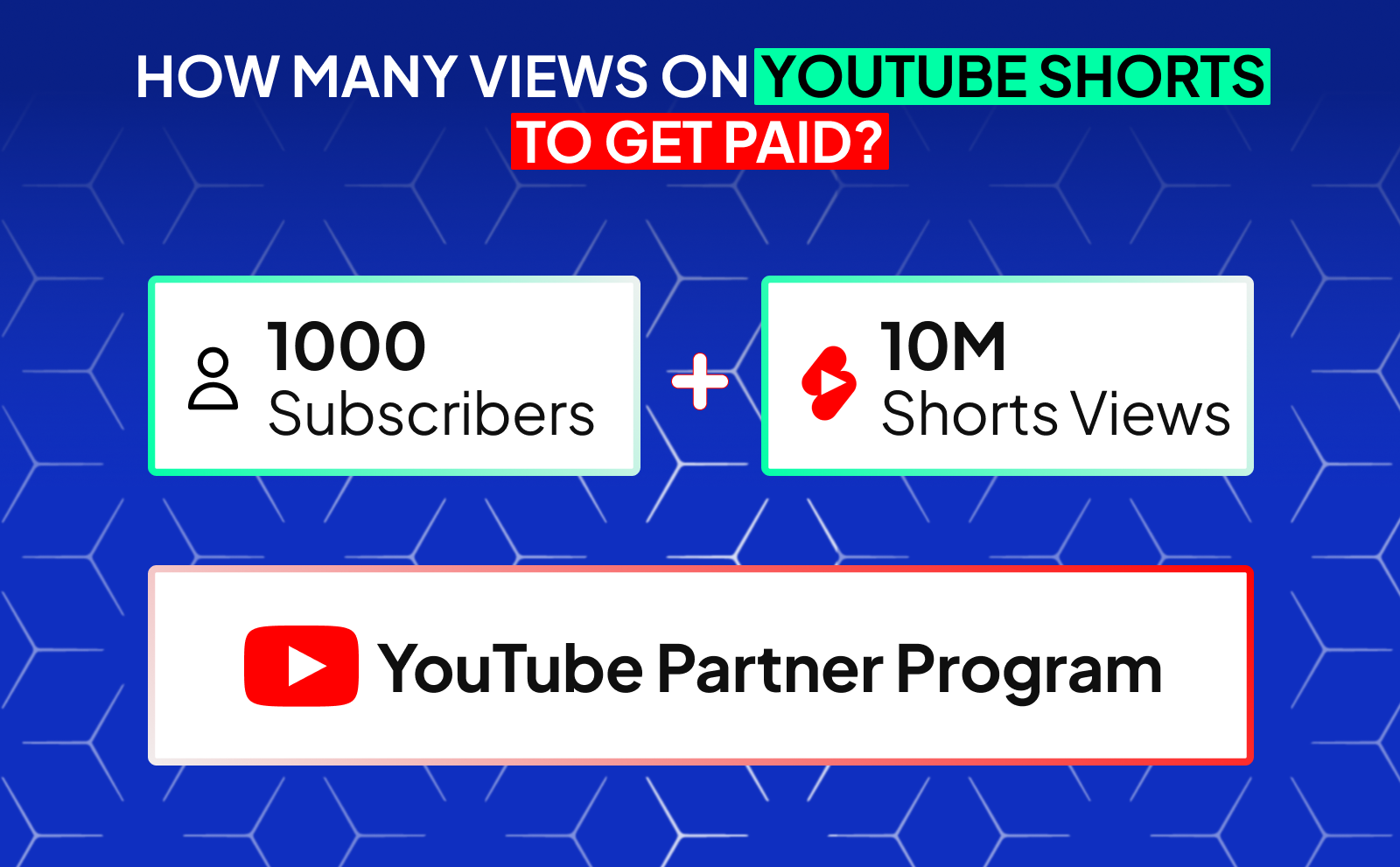
To actually get paid for Shorts, you need enough views to be eligible for the YouTube Partner Program and generate revenue. The main benchmark is 10 million valid public Shorts views in the past 90 days, along with at least 1,000 subscribers. Without hitting these numbers, you won’t qualify to start earning.
It’s worth noting that these are “valid” views, which means YouTube filters out bot traffic, repeated plays, and anything suspicious. Your views have to come from real people engaging with your content.
How Many Views Are Needed To Monetize Shorts?
If you’re going through the Shorts route, the magic number is 10 million views in a 90-day period. This might sound like a lot, but Shorts can rack up views much faster than long-form videos since they’re under a minute and appear on the Shorts feed.
You can also bypass the Shorts view requirement if you hit 4,000 public watch hours on long-form videos in the last 12 months. So, some creators mix Shorts and long-form to qualify for monetization.
Does YouTube Pay For Shorts With Low Views?
If your Shorts have low views, you can still technically earn from them but it’s usually a very small amount. The Shorts revenue pool is shared among millions of videos, so you need a decent view count to see a noticeable payout.
For example, a Short with 1,000 views might make just a few cents. The real earnings come when you consistently pull in hundreds of thousands or millions of views.
YouTube Shorts Monetization Eligibility Explained
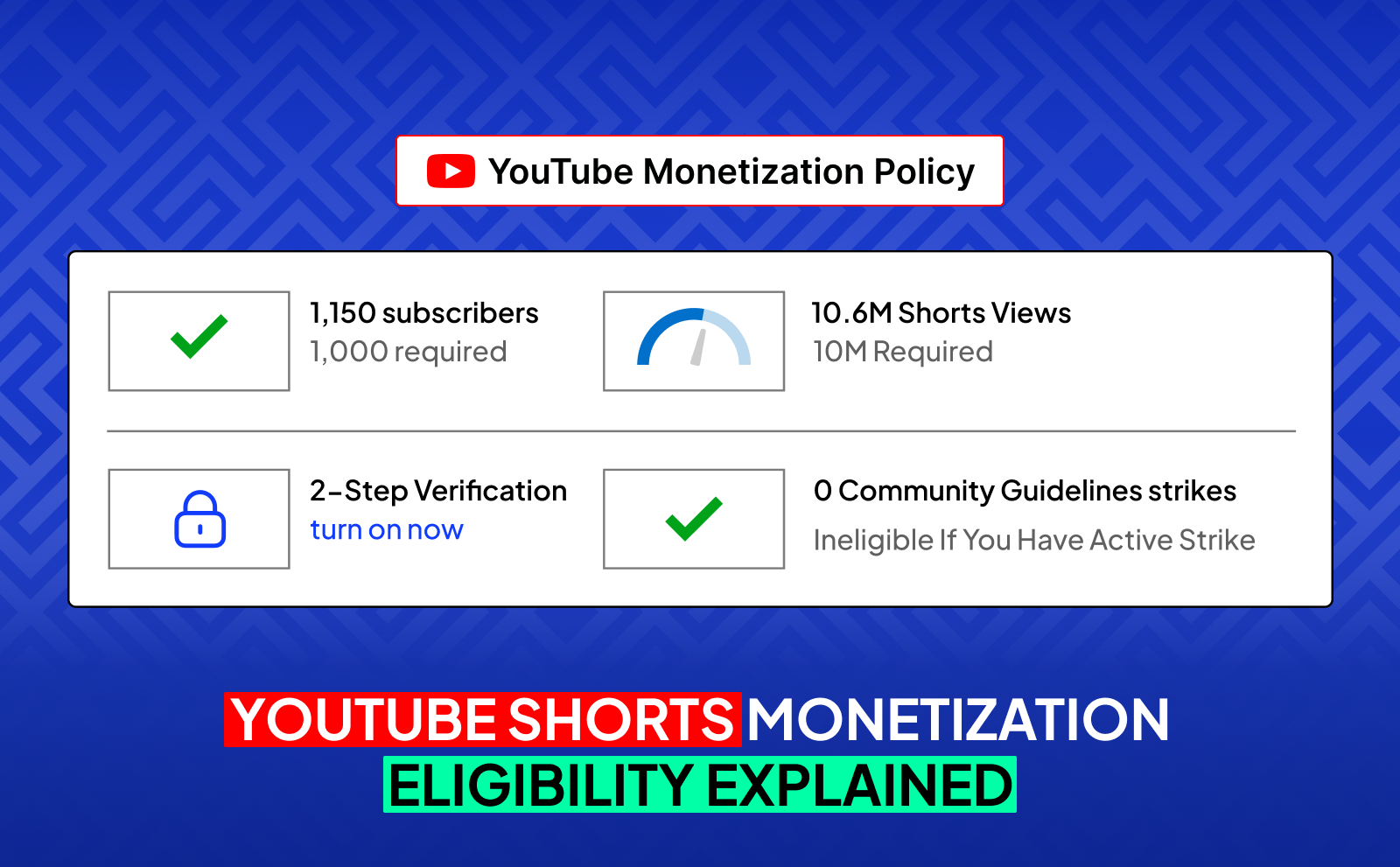
To be eligible, you need 1,000 subscribers and either 10 million Shorts views in the last 90 days or 4,000 public watch hours from long-form videos. You also must live in a country where the YouTube Partner Program is available and have an active AdSense account.
Eligibility also depends on content compliance. If you break community guidelines, reuse copyrighted clips without transformation, or post harmful content, you can lose monetization rights even if you hit the numbers.
How Much Does YouTube Shorts Pay Creators?
The amount varies greatly depending on your views, audience location, and whether you use copyrighted music. YouTube takes the total ad revenue from Shorts, removes music licensing costs, and then splits what’s left among eligible creators.
In general, creators report earnings that range from a few cents to a dollar per thousand views, depending on these factors. It’s not as high as long-form RPMs, but Shorts make up for it with their viral potential.
YouTube Shorts Income Breakdown
When it comes to earning from Shorts, the process is different from regular videos. Ads aren’t tied to your individual Short but are shown between videos in the Shorts feed. YouTube collects the total ad revenue from this feed and combines it into a single “Shorts pool.” From this amount, they first deduct any music licensing fees for copyrighted tracks.
The remaining revenue is then divided among creators based on their share of total Shorts views during that period. Once your share is calculated, you receive 45% of it while YouTube keeps the remaining 55%. This is the opposite of the long-form video split, where creators take home 55%.
YouTube Shorts Earnings Vs Long-Form Videos
Long-form videos generally have higher earnings per thousand views because ads are directly tied to your video and can run for longer durations. Advertisers pay more for these spots, especially if your content is targeted.
Shorts tend to pay less per view, but they can go viral far more easily, bringing in massive exposure. Many creators use Shorts as a traffic funnel to boost their long-form videos and other income streams.
How Much YouTube Shorts Pay For 1000 Views?
There’s no fixed rate, but most creators report making anywhere from $0.1 to $0.50 per 1,000 views on Shorts. This depends on location, audience, and whether music rights are involved.
If your audience is from countries with higher ad rates (like the US, UK, or Canada), your RPM can be on the higher end. But if most of your views come from countries with lower ad rates, your earnings per 1,000 views will be lower.
Best Ways To Increase Your YouTube Shorts Revenue
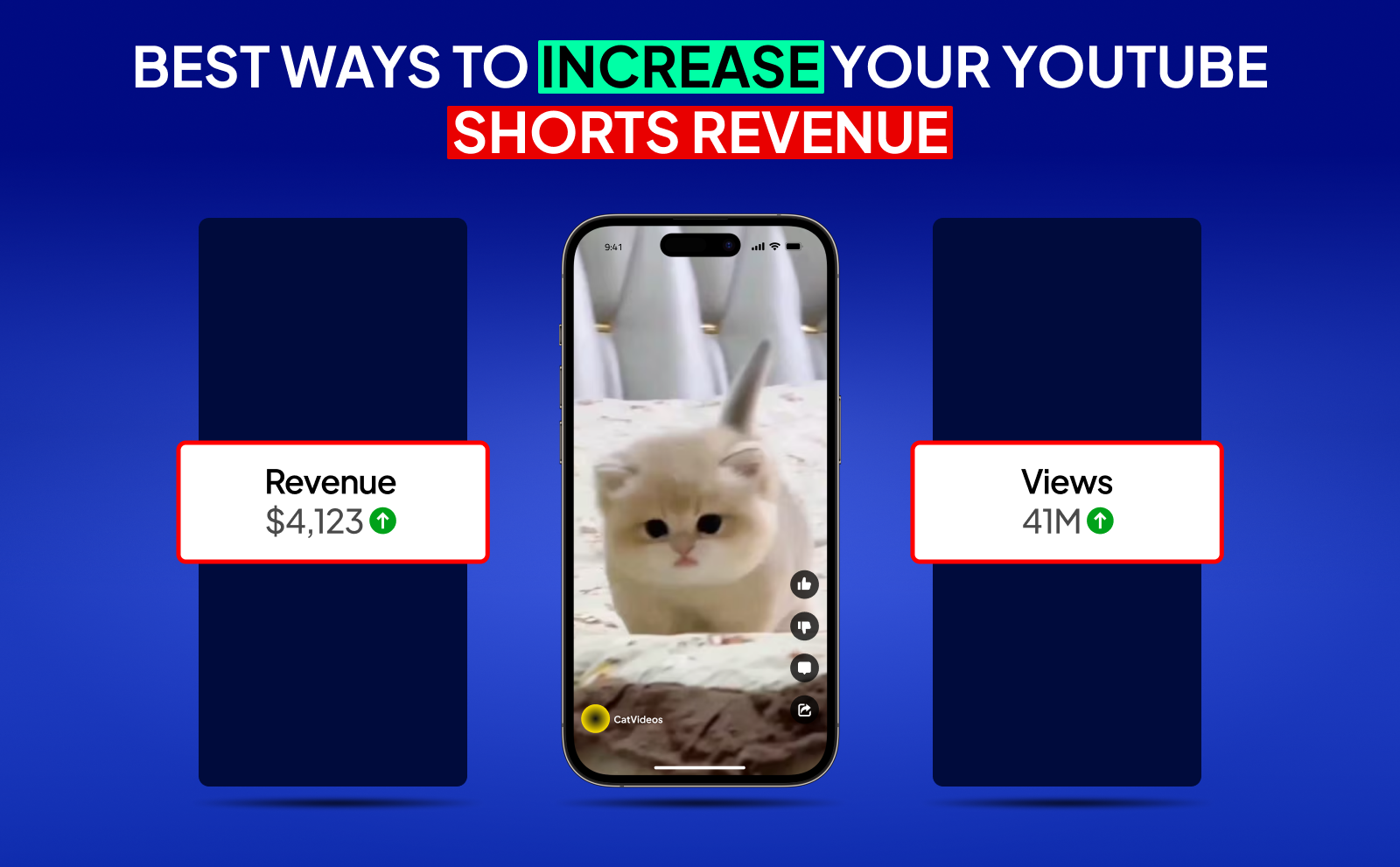
The most effective way is to create highly watchable content that keeps viewers hooked until the very end. The longer people watch, the better YouTube’s algorithm will push your video. This can snowball into more views and higher revenue.
Also, build a consistent posting schedule. The algorithm favors creators who upload regularly, so aim for multiple Shorts each week to maximize your chances of getting on the Shorts feed.
Tips To Go Viral And Boost Shorts Earnings
Hook your audience in the first 2–3 seconds. that’s the make-or-break moment. Use curiosity, surprise, or relatable scenarios to grab attention fast.
Also, study your analytics. Look at which Shorts had the highest retention and try to replicate what worked. Even small tweaks in pacing, captions, or music choice can double your watch time.
Using Trends And Engagement To Grow
Jumping on trends early is one of the fastest ways to get noticed. Pay attention to trending sounds, topics, and challenges, but always put your own spin on them to avoid being just another copy.
Boosting engagement also matters. ask viewers to comment, use polls, and encourage shares. The more interaction your Short gets, the more YouTube will push it to new audiences.
Tools To Automate And Speed Up Content Creation
Tools like CapCut, Canva, and Premiere Pro can help you edit Shorts quickly without sacrificing quality. Many also have templates for trending formats so you can produce content faster.
You can also use scheduling tools like TubeBuddy or vidIQ to plan and optimize uploads. This keeps your posting consistent without having to manually upload every day.
Other Ways To Make Money With YouTube Shorts
Even if Shorts ad revenue is small, you can monetize indirectly. For example, you can promote affiliate products in your videos and earn commissions on sales.
Paid brand partnerships are another option. Brands love quick, attention-grabbing ads, and Shorts are perfect for this style of promotion.
Affiliate Marketing And Paid Brand Partnerships
Affiliate marketing works great with Shorts if you create helpful, niche-focused content. Add your affiliate links in the description or pinned comment, and make sure your Short shows the value of the product.
For brand deals, focus on building an audience in a specific niche. Brands are willing to pay more for targeted audiences rather than just large but random view counts.
Channel Memberships And Super Thanks
Once monetized, you can offer channel memberships where fans pay monthly for perks like badges, emojis, or exclusive content. Shorts can be a great way to promote these memberships quickly and often.
Super Thanks lets viewers directly tip you on a video they enjoyed. Even a few loyal fans using this feature regularly can make a difference in your income.
Selling Products And Merch Through Shorts
If you have your own merchandise, Shorts are a fantastic way to showcase them in action. Quick, visually appealing clips can drive impulse purchases.
You can also sell digital products like e-books, presets, or templates. Since Shorts get massive reach, even a small conversion rate can bring in steady income.
Is YouTube Shorts Monetization Really Worth It?
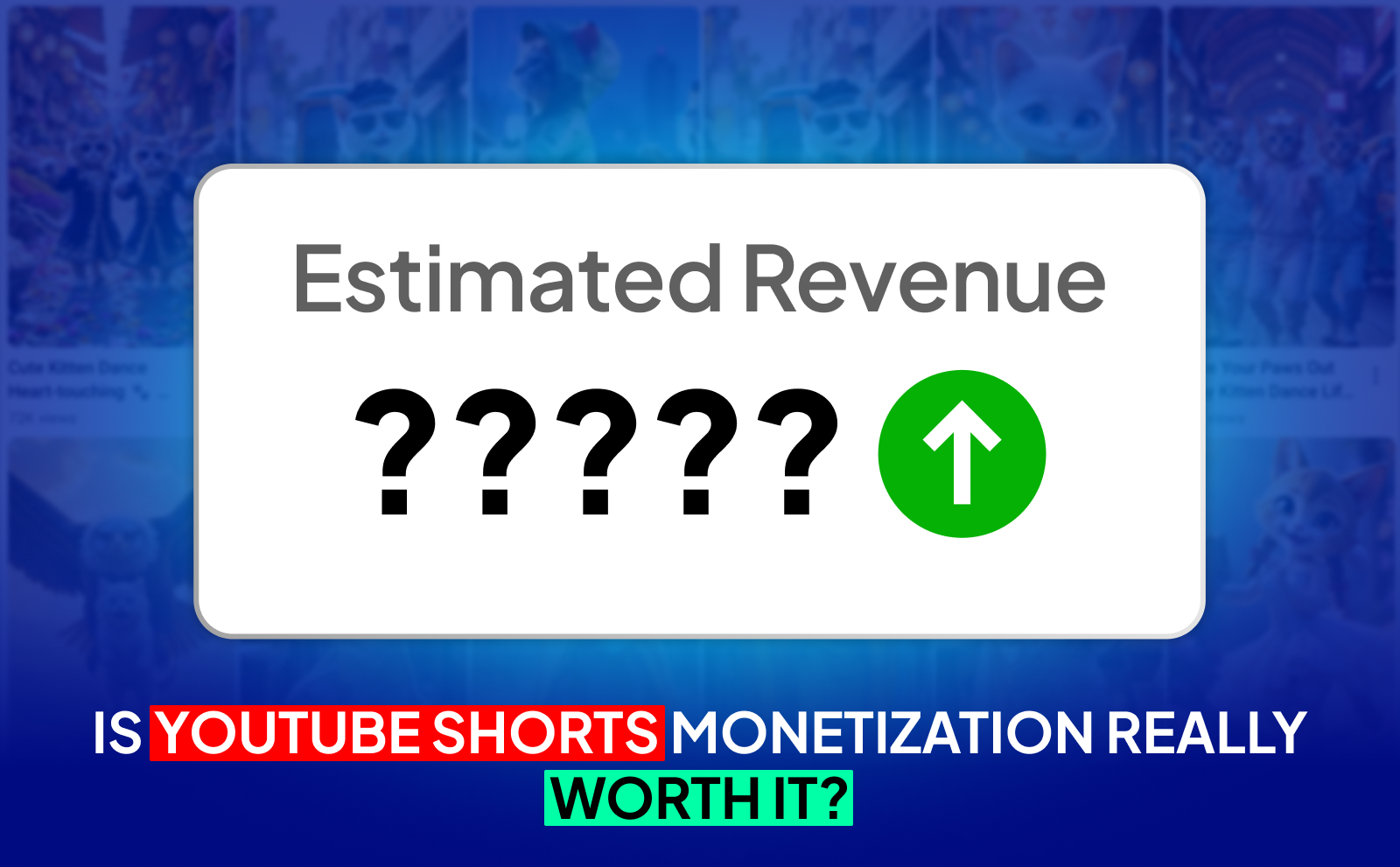
Yes, YouTube shorts are worth it only if it’s a part of a bigger strategy. While the payout per view isn’t as high as long-form, Shorts can grow your audience quickly and open doors to other income streams.
If your goal is to make a living from Shorts alone, it might be challenging unless you consistently hit viral numbers. But as a traffic driver, Shorts are extremely valuable.
Pros And Cons Of Shorts Monetization
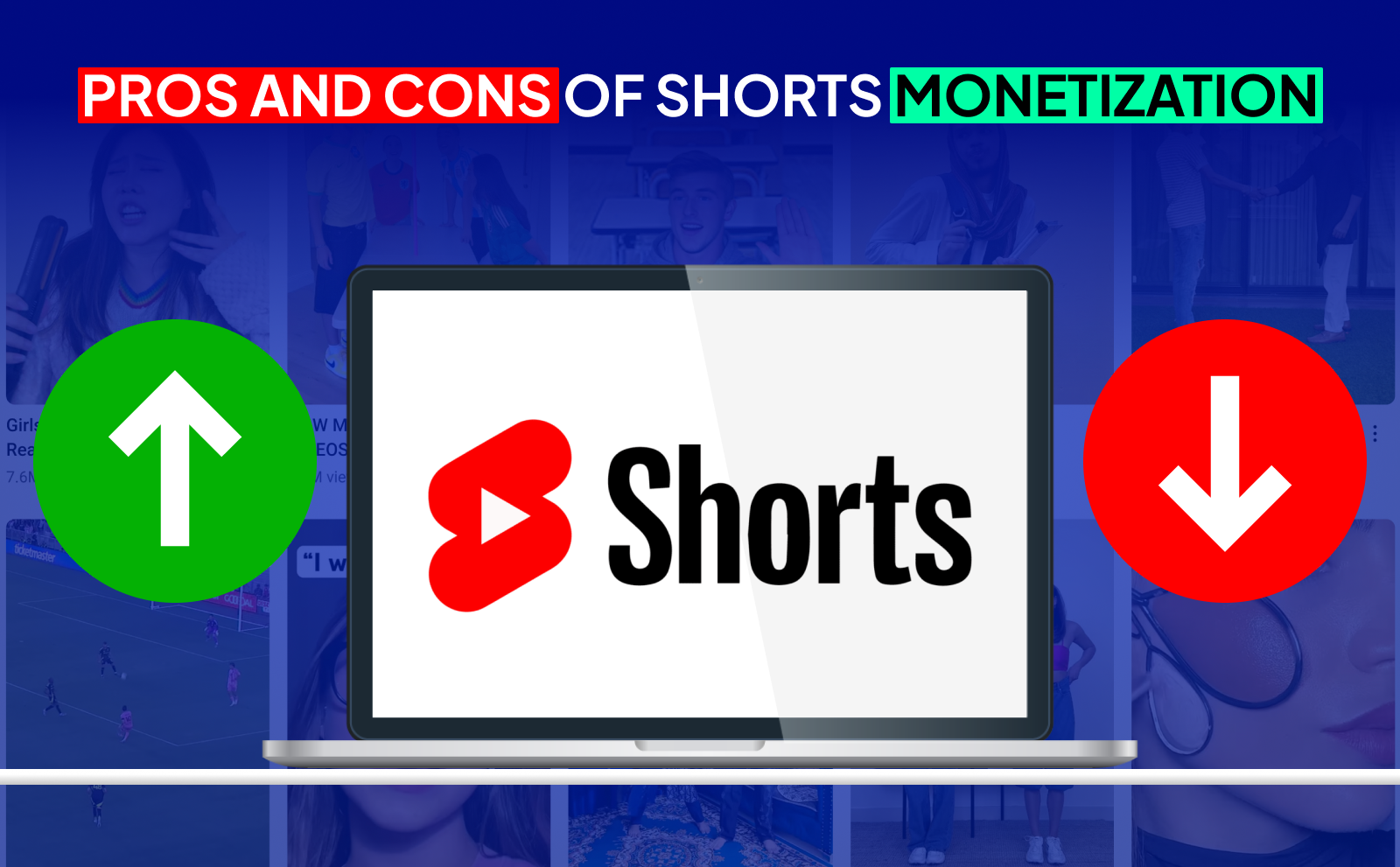
YouTube Shorts monetization comes with clear advantages. On the positive side, Shorts can help you grow an audience much faster than traditional videos thanks to their viral potential and the way they’re pushed in the Shorts feed. They’re also quicker and easier to produce compared to long-form videos, which means you can create and post more frequently.
On the downside, shorts usually earn less per view than longer videos, and the short format makes it harder to build deep, lasting connections with your audience. Understanding these trade-offs is important when deciding whether to focus primarily on Shorts or to use them as a complement to your long-form content.
When To Focus On Shorts Vs Long Form Content
If you’re new and struggling to get discovered, Shorts can be your best entry point. They can build momentum and give you the exposure you need to grow.
Once you have an audience, adding long-form videos helps deepen engagement and increase overall revenue. A balanced mix usually works best.
Lessons From Creators Who Got Monetized Fast
Creators who hit monetization quickly usually post consistently, use trending topics, and study analytics to improve every upload. They treat each Short like a mini ad for their channel.
They also avoid lazy re-uploads. Instead, they make original, watch-worthy content that stands out in the feed. That’s the difference between getting a few thousand views and hitting millions.
Conclusion
YouTube Shorts have quickly become one of the most powerful tools for rapid growth on the platform. While the earnings per view are generally lower than long-form videos, their viral potential, fast production time, and massive reach make them an essential part of a smart creator’s strategy.
The real key is to use Shorts not just for direct ad revenue, but as a way to grow your audience, promote other content, and tap into multiple income streams. Whether you choose to go all-in on Shorts or blend them with long-form videos, understanding how monetization works will give you the best shot at building a sustainable channel.
FAQs
What Are The Latest YouTube Shorts Monetization Requirements?
As of 2025, you need 1,000 subscribers and either 10 million Shorts views in the last 90 days or 4,000 watch hours from long-form videos in the past year.
How Many Watch Hours Do I Need To Monetize YouTube Shorts?
Watch hours from Shorts don’t count toward the 4,000-hour requirement. Instead, you need 10 million valid Shorts views in 90 days to qualify.
Does YouTube Pay For Shorts Under 1,000 Views?
Yes, but the amount is extremely small. usually just a few cents, depending on your RPM.
How Much Money Do You Make from 1 million views on Shorts?
It varies widely, but most creators make anywhere from $10 to $100 for a million Shorts views.
Can I Monetize YouTube Shorts Without 1,000 Subscribers?
No, 1,000 subscribers is still a requirement to join the YouTube Partner Program.
Are Reaction Shorts Eligible For Monetization?
Yes, if they’re transformative, original, and follow YouTube’s monetization policies. Simple re-uploads won’t qualify.
What’s The Average RPM For YouTube Shorts In 2025?
RPM typically ranges from $0.01 to $0.50 per 1,000 views, depending on audience location and niche.
Do Reused Shorts Content Get Monetized?
Not if it’s unoriginal. YouTube requires unique, transformed content to be eligible for monetization.
What Is The Shorts Monetization Module?
It’s the agreement inside YouTube Studio that lets you enable monetization for Shorts and receive payment from the Shorts ad revenue pool.
